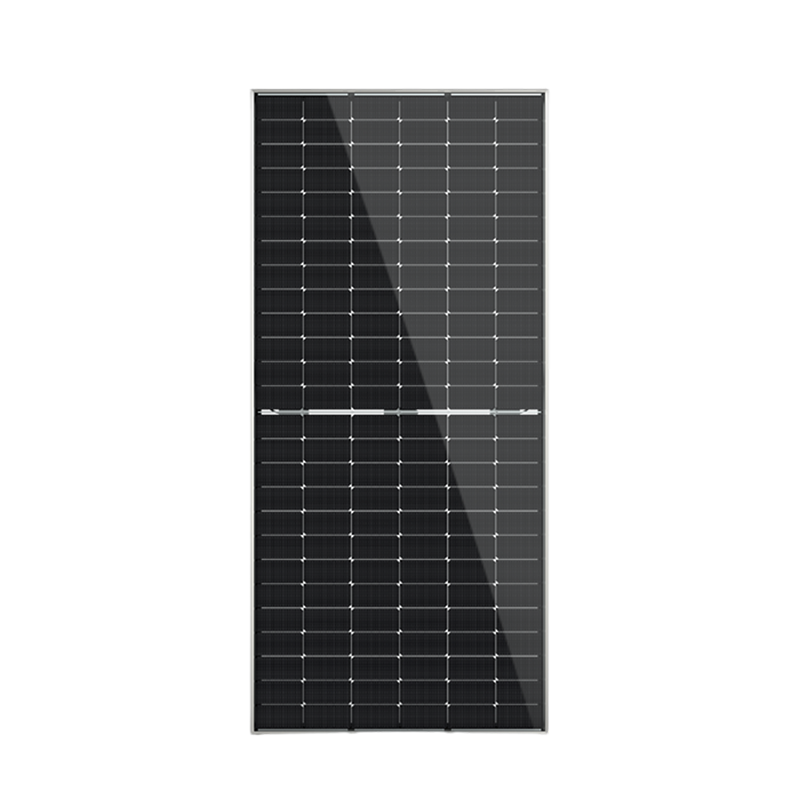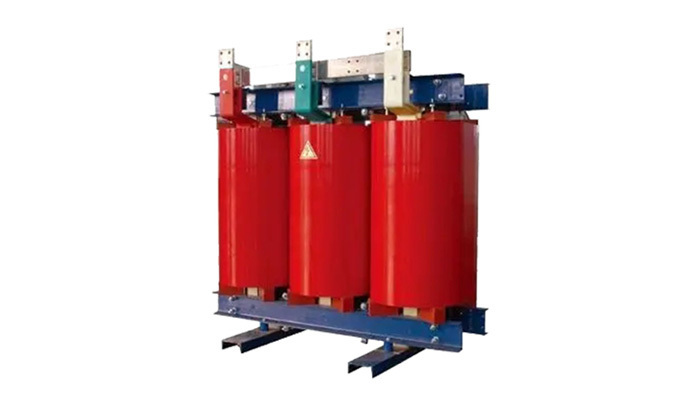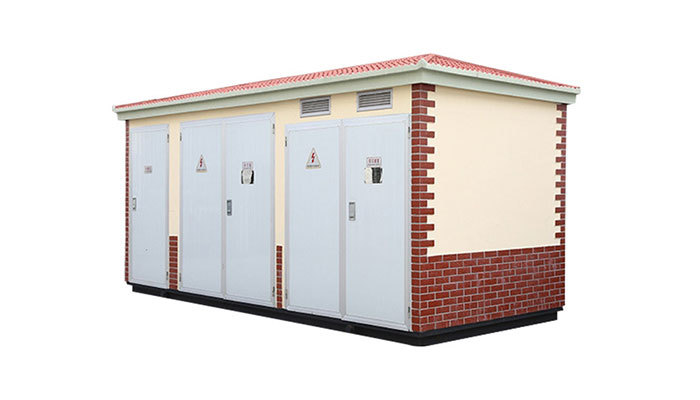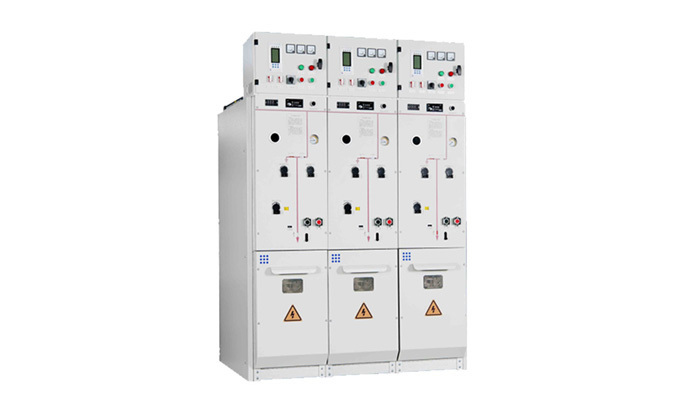The Importance of Column Breakers in Power Distribution Systems
Release time:
2025-08-04
The Importance of Column Breakers in Power Distribution Systems
In the ever-evolving field of electrical engineering, the efficiency and reliability of power distribution systems are paramount. Among the many components that contribute to these systems, **column breakers** play a vital role. This article delves into the importance of column breakers in power distribution, exploring their functionality, benefits, and critical significance in maintaining safe and effective electrical systems.
Table of Contents
- What Are Column Breakers?
- How Do Column Breakers Work?
- Benefits of Using Column Breakers in Power Distribution
- Applications of Column Breakers in Various Industries
- Types of Column Breakers
- Installation and Maintenance of Column Breakers
- Safety Considerations When Using Column Breakers
- The Future of Column Breakers in Power Distribution
- Frequently Asked Questions
What Are Column Breakers?
Column breakers are protective devices used in power distribution systems to control and interrupt electrical circuits. These devices are designed to safeguard equipment from overloads, short circuits, and other electrical faults. Column breakers come in various designs and specifications, tailored to meet the requirements of different electrical systems. By effectively managing the flow of electricity, they help prevent damage to both the infrastructure and the connected devices.
How Do Column Breakers Work?
At the core of a column breaker is its ability to monitor electrical flow continuously. When the current exceeds pre-defined thresholds, the breaker activates, interrupting the circuit. This interruption is typically achieved through **mechanical means**, which physically disconnects the electrical path, preventing further current flow. Once the fault is cleared, the column breaker can be reset, allowing normal operations to resume.
Key Functionalities of Column Breakers
- Overload Protection: Column breakers ensure that circuits do not experience excessive current, which can lead to overheating and equipment failure.
- Short Circuit Protection: In the event of a short circuit, column breakers quickly interrupt the power flow, minimizing damage and enhancing safety.
- Voltage Regulation: They help maintain stable voltage levels within the distribution network, ensuring the reliability of power supply.
Benefits of Using Column Breakers in Power Distribution
The incorporation of column breakers into power distribution systems brings numerous advantages:
1. Enhanced Safety for Personnel and Equipment
By providing crucial protection against electrical faults, column breakers ensure the safety of both personnel working in proximity to electrical systems and the equipment connected to these systems. Their rapid response to overloads and short circuits reduces the risk of electrical fires and equipment damage.
2. Improved System Reliability
Column breakers contribute to higher reliability within power distribution networks. By preventing faults from propagating through the system, they maintain seamless electrical flow and reduce downtime, which is critical for both industrial and commercial operations.
3. Cost Savings
While there is an initial investment for installing column breakers, the long-term cost savings outweigh this expense. By preventing electrical failures and the subsequent costs of repairs or replacements, organizations can significantly reduce operational costs.
4. Flexibility and Scalability
Column breakers can be customized to fit various applications, making them suitable for small installations as well as large-scale power distribution networks. This scalability allows businesses to expand their operations without compromising electrical safety.
Applications of Column Breakers in Various Industries
Column breakers find applications across multiple industries due to their versatility and effectiveness:
1. Manufacturing
In manufacturing plants, column breakers protect machinery from electrical faults, ensuring uninterrupted production lines and minimizing downtime.
2. Commercial Buildings
In commercial environments, these devices safeguard critical systems such as HVAC, lighting, and data centers, maintaining operational efficiency.
3. Renewable Energy Systems
Column breakers are essential in renewable energy applications, ensuring the safe operation of solar and wind power systems, which can be susceptible to electrical faults.
4. Infrastructure Projects
In major infrastructure projects, column breakers ensure safe and reliable power supply, supporting activities in construction, transportation, and public services.
Types of Column Breakers
There are several types of column breakers, each designed for specific applications and requirements:
1. Air Circuit Breakers (ACB)
ACBs are widely used in large power distribution systems. They operate using air as the medium for arc extinction, making them suitable for high-current applications.
2. Miniature Circuit Breakers (MCB)
MCBs are designed for residential and light commercial applications. They protect against overloads and short circuits, providing precise control over smaller circuits.
3. Residual Current Circuit Breakers (RCCB)
RCCBs protect against earth faults, ensuring personnel safety by preventing electric shocks. They are vital in wet areas like bathrooms and kitchens.
4. Molded Case Circuit Breakers (MCCB)
MCCBs can handle larger loads than MCBs and are used in industrial environments where the risk of overload is higher.
Installation and Maintenance of Column Breakers
Proper installation and maintenance of column breakers are crucial for their effective operation:
Installation Guidelines
1. **Site Assessment:** Evaluate the electrical load requirements and select the appropriate type of column breaker.
2. **Professional Installation:** Engage qualified electricians for installation to ensure compliance with electrical codes and safety standards.
3. **Testing:** After installation, conduct thorough testing to confirm that the column breaker functions as intended.
Maintenance Practices
1. **Regular Inspections:** Periodically inspect column breakers for signs of wear or damage.
2. **Functional Testing:** Conduct routine functional tests to ensure the breaker operates correctly under fault conditions.
3. **Cleaning:** Keep the breakers clean and free from dust and debris, which can affect performance.
Safety Considerations When Using Column Breakers
Safety is paramount when dealing with electrical systems. Consider the following:
1. Compliance with Standards
Ensure that all column breakers meet local and international electrical safety standards to mitigate risks associated with electrical faults.
2. Training for Personnel
Provide training for personnel on the proper use and maintenance of column breakers, enhancing workplace safety and awareness.
3. Emergency Procedures
Establish clear emergency procedures for dealing with electrical faults and ensure all staff are familiar with these protocols.
The Future of Column Breakers in Power Distribution
As technology continues to advance, the evolution of column breakers will undoubtedly follow suit. Future developments may include:
1. Smart Technology Integration
Incorporating smart technology into column breakers may enhance their functionality, allowing for real-time monitoring and automated responses to faults.
2. Enhanced Predictive Maintenance
With the rise of IoT, predictive maintenance could optimize the performance of column breakers by using data analytics to foresee potential failures before they occur.
3. Increased Energy Efficiency
Future designs may focus on energy efficiency, contributing to sustainable power distribution practices and reducing environmental impact.
Frequently Asked Questions
1. What is the primary function of a column breaker?
The primary function of a column breaker is to protect electrical circuits from overloads and short circuits, ensuring safety and reliability in power distribution systems.
2. How often should column breakers be inspected?
Column breakers should be inspected at least annually, with more frequent checks in high-use environments to ensure optimal performance.
3. Can I reset a column breaker after it trips?
Yes, most column breakers can be reset after tripping. However, it is essential to identify and resolve the underlying issue before resetting.
4. What are the signs of a failing column breaker?
Signs of a failing column breaker may include frequent tripping, physical damage, unusual noises, or overheating.
5. How do I choose the right column breaker for my system?
When selecting a column breaker, consider factors such as the required load capacity, application type, and specific safety features needed for your environment.
Conclusion
In conclusion, column breakers are an integral component of power distribution systems, providing essential protection and enhancing overall operational efficiency. Their ability to safeguard against electrical faults ensures the safety of both personnel and equipment, making them indispensable across various industries. As technology advances, the future of column breakers promises even greater innovations, further solidifying their role in modern electrical infrastructure. By understanding their importance and implementing best practices in installation and maintenance, organizations can optimize their power distribution systems and foster a safer working environment.
Latest information
Get a Free Consultancy
If you have any suggestions, please leave a message or send an email to us.

















